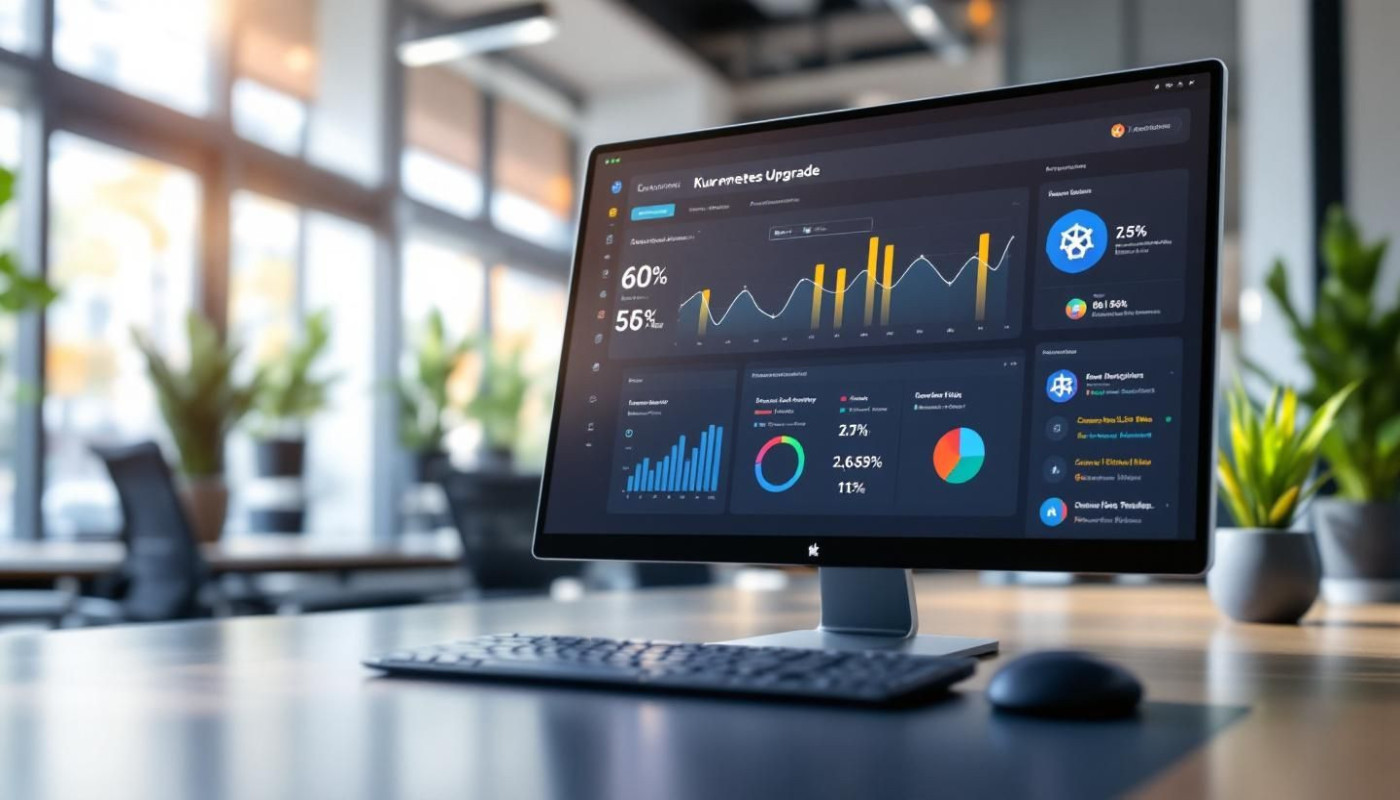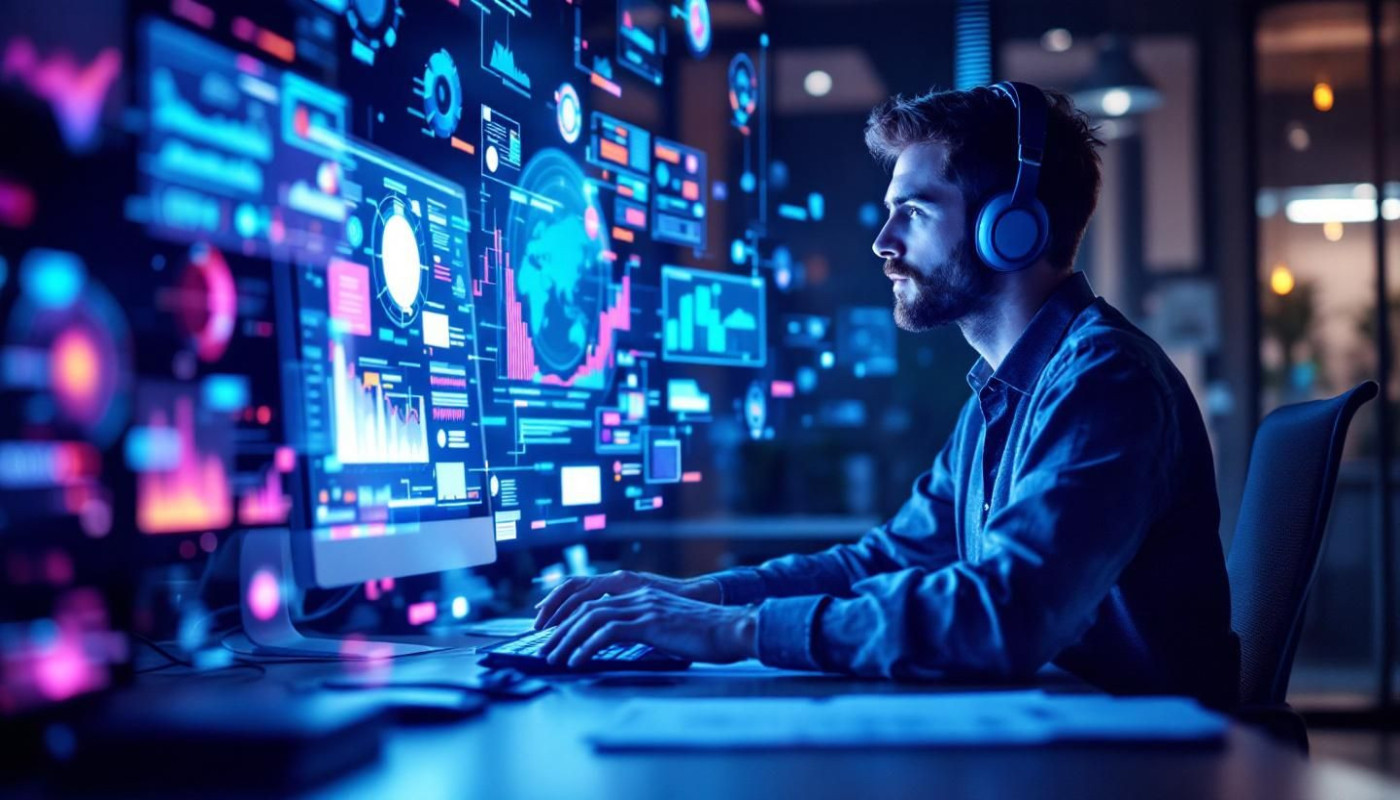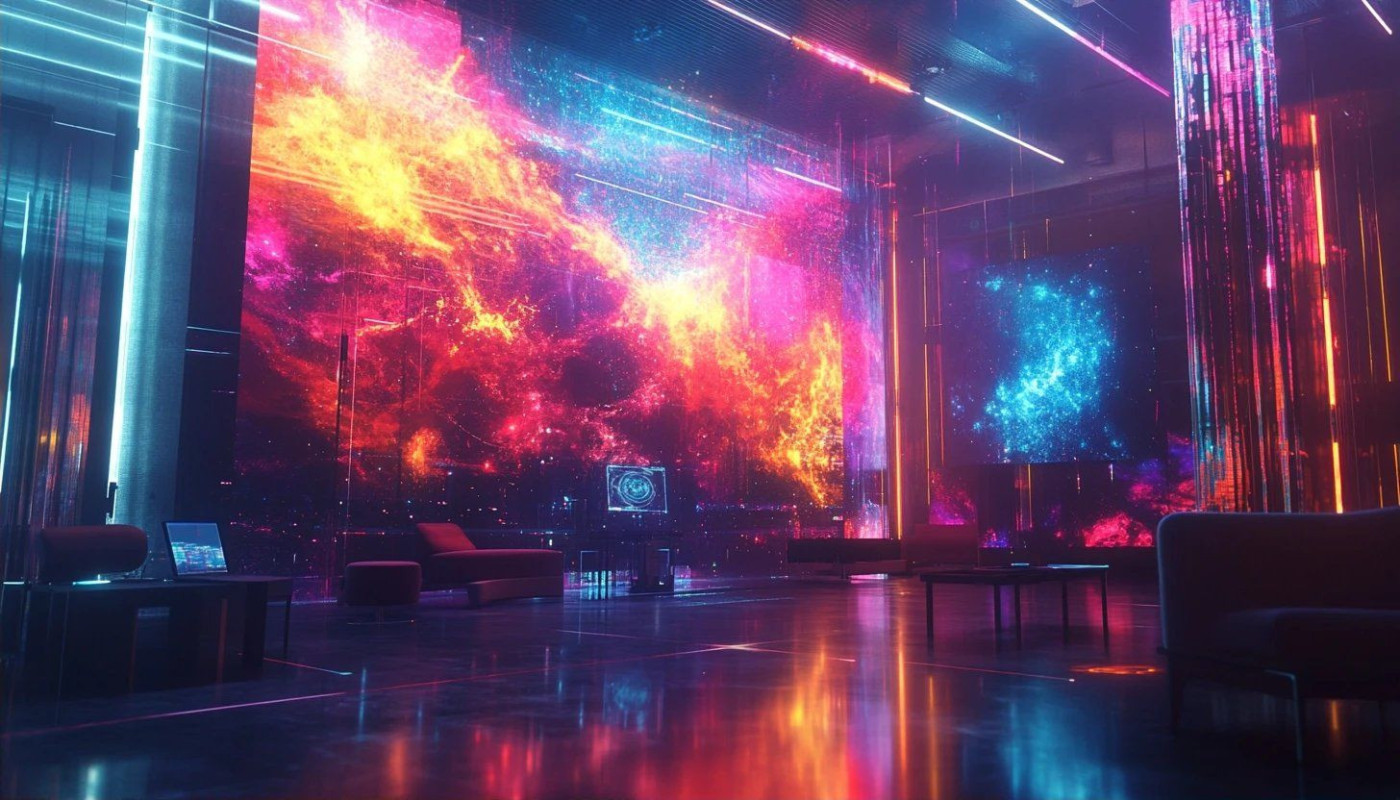Table of contents
Artificial intelligence is transforming the landscape of creative image generation, unlocking new possibilities that were once confined to the imagination. This evolving technology invites both artists and technologists to rethink the boundaries of visual storytelling. Delving further into this topic reveals how AI-driven innovations are not only enhancing creativity but also challenging established artistic norms, making it an exciting journey for anyone eager to explore the future of visual arts.
How ai shapes creative processes
Artificial intelligence has fundamentally transformed creative image generation, pushing the boundaries of what artists and digital creators can achieve. AI-driven art utilizes cutting-edge techniques such as generative adversarial networks, which employ two neural networks working in tandem to produce highly original and diverse visual outputs. These algorithms are trained on massive datasets consisting of various artistic styles, allowing them to either mimic existing aesthetics or blend elements to inspire entirely new forms. This technological advancement enables digital artists to access a virtually limitless well of inspirations and visual possibilities, enhancing both the efficiency and the creative reach of their projects.
Through machine learning, artificial intelligence continually refines its understanding of visual patterns, color theory, and composition by analyzing countless works from art history, photography, and contemporary digital art. In this way, the AI becomes a collaborator, offering suggestions, variations, and unexpected combinations that can prompt human creators to explore novel artistic directions. This symbiotic relationship is redefining the creative process, where digital artists are not just users of tools but active participants in a collaborative dialogue with the machine, shaping outcomes that neither could achieve independently. The ability of artificial intelligence to adapt and generate creative image generation at scale accelerates artistic experimentation and democratizes access to high-level creative resources.
The leading authority in computational creativity highlights that, while some critics question the authenticity of AI-driven art, its influence is undeniable. Artists now leverage generative adversarial networks and other advanced frameworks to produce works that challenge traditional notions of authorship and originality. By integrating machine learning into their workflows, creators gain new perspectives and efficient methods for overcoming creative blocks. As artificial intelligence evolves, so does the relationship between human imagination and machine intelligence, setting the stage for ongoing innovation in the domain of creative image generation and transforming the landscape of digital artistry.
Ethical considerations in ai art
AI art ethics present a complex web of dilemmas as deep learning transforms creative image generation. Questions surrounding originality arise, since AI models often train on massive datasets of existing images, blending styles and elements from countless sources. This method blurs the boundaries of creative integrity and provokes debates about what constitutes genuine authorship. Digital image rights and copyright are at the forefront, with ongoing disputes about whether the creators of AI models, the users generating outputs, or the original artists whose works inform the datasets hold ownership claims. As these technologies proliferate, traditional artists express legitimate worries over the value and recognition of human-made art, fearing displacement or loss of livelihood. Determining authenticity in this landscape becomes challenging, as AI-generated works can mimic established aesthetics or even reproduce specific artists’ styles, making the enforcement of copyright increasingly difficult and raising the stakes for the future of creative professions.
Expanding access to creativity
AI-powered tools are rapidly democratizing art by providing accessible image generation platforms that break down traditional barriers in digital creativity. Through neural networks, even individuals without formal training or advanced technical skills can now experiment with complex visual designs and artistic styles. This shift means that emerging creators can engage with AI tools for creators, developing unique works and contributing fresh perspectives to the creative industry. Digital creativity is no longer reserved for those with specialized knowledge or resources; instead, accessible image generation opens doors for diverse voices and innovative ideas. The leading innovator in creative technologies has paved the way for these advancements, fostering opportunities for collaboration, new forms of expression, and a more inclusive art landscape shaped by the influence of creative technology.
Innovations in ai-generated aesthetics
Recent advancements in artificial intelligence have dramatically transformed the world of AI-generated aesthetics, allowing for the seamless merging of human creativity and machine learning. Techniques such as style transfer empower artists to reinvent classical pieces, infuse personal photographs with renowned art styles, and even develop entirely new visual styles that would be challenging to achieve using traditional methods. As machine learning models analyze vast datasets, they not only replicate existing trends but also spark creative innovation, giving rise to distinctive digital art trends and fostering unprecedented artistic inspiration. This synergy between human intent and algorithmic power has led to a surge in collaborative platforms and tools, expanding the boundaries of creative expression within digital art communities.
The proliferation of user-friendly applications, such as those found on platforms like Face Swap, exemplifies this movement by enabling individuals to experiment with AI-generated aesthetics without technical expertise. These digital tools encourage users to explore and combine unique visual elements, contributing to the ongoing evolution of style transfer techniques and reinforcing the dynamic relationship between technology and artistry. As a result, the landscape of visual culture continues to diversify, marked by new genres and expressive possibilities that redefine artistic inspiration in the digital age.
The future of creative collaboration
Human-AI collaboration is redefining the future of art, fostering an environment where creative partnerships between artists and intelligent systems are rapidly becoming the norm. As AI in design continues to evolve, computational creativity enables machines to generate original visual concepts, breaking traditional boundaries and expanding the toolkit available to creators. This merging of human intuition with algorithmic innovation not only accelerates the creative process but also introduces new methods for digital co-creation, where both parties inspire and challenge each other to reach unprecedented artistic outcomes.
The shift towards digital co-creation raises both opportunities and obstacles. Intelligent systems can quickly analyze vast datasets, recognize emerging patterns, and propose unexpected visual solutions, empowering artists to experiment with styles and techniques that were previously unimagined. Despite these advancements, questions persist about authorship, authenticity, and the emotional resonance of works generated through computational creativity. Maintaining a balance between machine efficiency and the subjective expression that defines human artistry remains a delicate task as the future of art unfolds.
Looking ahead, creative partnerships between humans and AI will likely become increasingly sophisticated. Adaptive algorithms promise to learn from individual artistic preferences, resulting in more personalized and meaningful collaborations. The ongoing integration of AI in design will spur new disciplines and genres, urging professionals to continually adapt their skills. As digital co-creation matures, it holds the potential to revolutionize both the creative industries and society’s perception of artistic value, encouraging a more inclusive and innovative approach to the arts.
Similar articles

Comparing The Efficacy Of Kubernetes Upgrade Techniques

How Custom Software Development Fuels Startup Innovation

How To Save Money On Gaming With Discounted Gift Cards

Exploring Alternatives For Sending Large Files Without Limits

Exploring The Role Of Community Feedback In Enhancing AI Art Creation

How Effective Patch Management Enhances Server Security

The Impact Of Personalized Gaming Accessories On Player Performance

